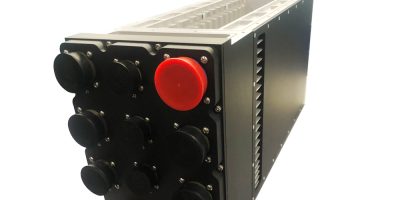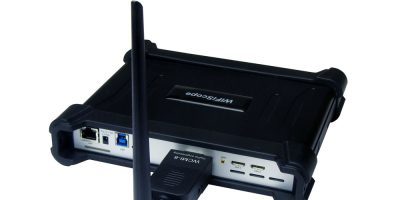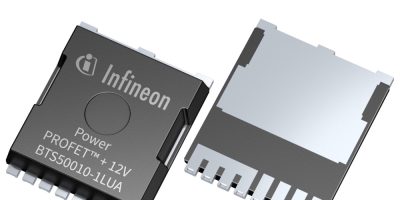Two air transport racks (ATRs) extend the portfolio offered by Pixus Technologies. The company has introduced 1/2 to 3/4 size ATRs aligned with the SOSA technical standard. These chassis support multiple 3U OpenVPX in various slot profile configurations.
The new Pixus ATRs are supplied in versions that hold VITA 48.2 conduction cooled boards in up to 12 slots and 10 slots respectively. They have supplemental airflow over the fins inside the sidewalls for enhanced cooling up to 100W/slot depending on the application environment. The airflow is achieved either with dual military grade fans or via an interface to the platform’s air conditioning system. Backplanes are available in various sizes and configurations for multiple OpenVPX/SOSA profiles and speeds up to 100GbE and PCIe Gen4 (higher speeds are optional upon request).
The Pixus ATRs are designed to the latest MIL 810, MIL 461, DO-160 and related specifications. There is space below the backplane for routing radio frequency (RF) and fibre interfaces to the front panel with Pixus’ standard SHM300 SOSA aligned chassis manager. Pixus also offers tempest and special filtering as optional features for ATRs that can be customised to meet the needs of specific application requirements.
Pixus offers SOSA aligned chassis platforms in ATR, MIL rugged rackmount, and lab/test formats. It also offers a choice of cooling configurations, namely conduction, airflow over conduction fins, airflow through (AFT), airflow by (AFB), and liquid cooling.
Pixus Technologies also supplies SOSA backplanes, enclosures, and chassis managers, as is a partner for power supplies and plug-in cards, in order to provide a complete SOSA aligned solution for customers.
The Pixus team is comprised of industry experts in electronics packaging. Founded in 2009 by senior management from Kaparel, it provides embedded backplanes and systems focused primarily on SOSA, OpenVPX, xTCA, VME, cPCI Serial, and custom designs. Pixus USA was formed in 2022, and is based in Tonawanda, New York.







